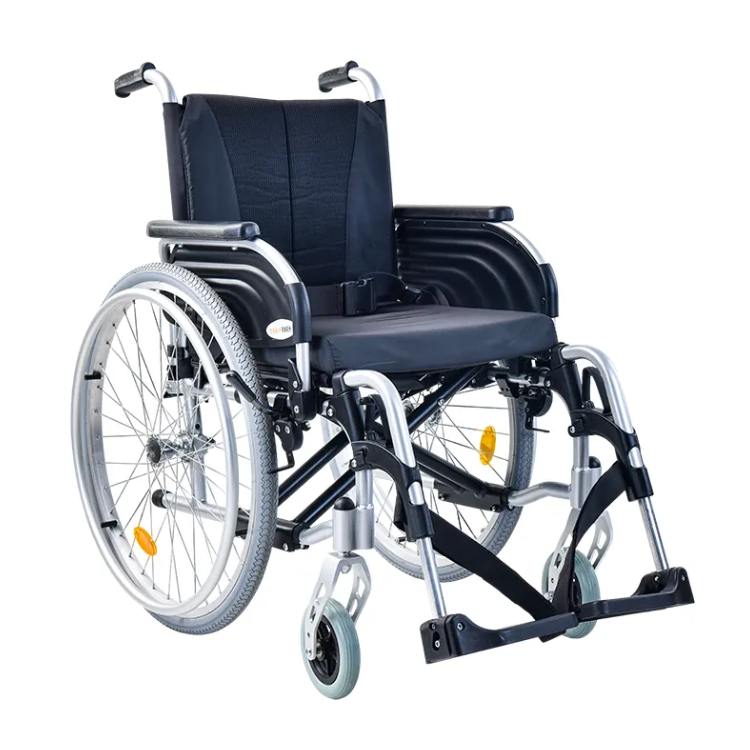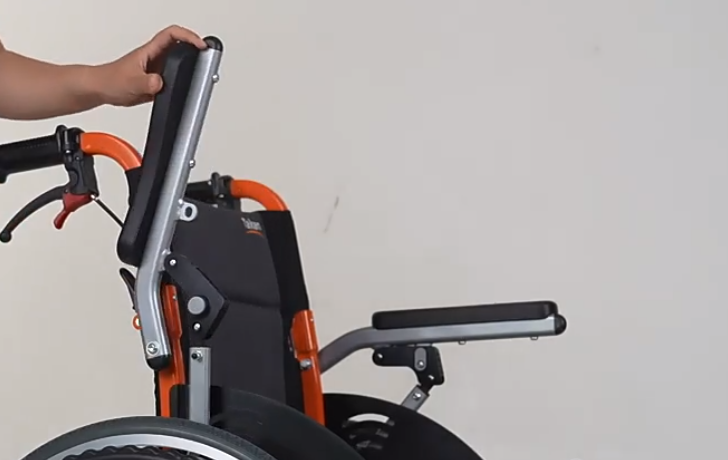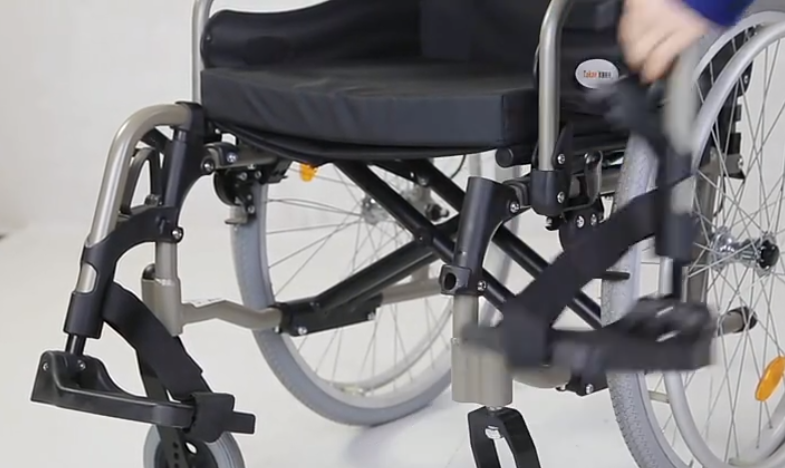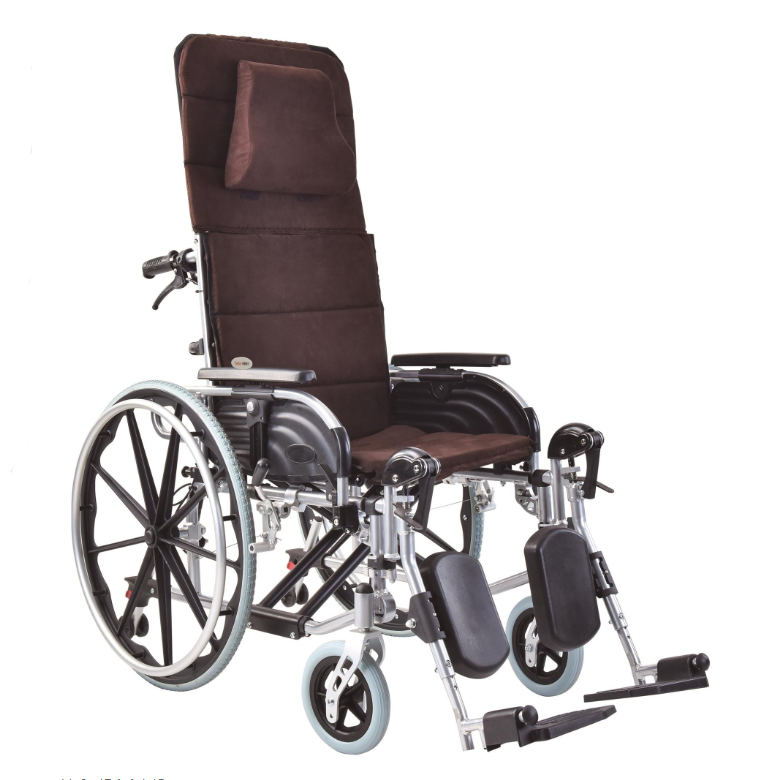Introduction:
Selecting the right manual wheelchair is crucial for mobility and comfort, and requires an understanding of the user’s specific needs and capabilities. This guide is designed to help sellers or users navigate the knowledge of choosing a suitable manual wheelchair.
To find the best manual wheelchair for a user, let’s start by asking a few essential questions:
Does the user require a mobility aid on uneven surfaces?
If they use aids like crutches or umbrellas for stability and find them sufficient, a wheelchair might not be necessary. However, wheelchairs can be crucial for preventing wandering in children or seniors with cognitive impairments.
Does the user need to hold onto objects for stability in daily activities?
If they require support for basic movements, an aluminum wheelchair is recommended for short-term use. For long-term use, consider a lightweight and ergonomic wheelchair.

What if the caregiver is also elderly or has limited physical ability?
Opt for a wheelchair with easy-to-use brakes and lightweight design. This helps the caregiver to manage the wheelchair without physical strain.

What should be considered for users spending extended periods in a wheelchair?
For prolonged wheelchair use, select an ergonomic model with well-padded seating and inward-curving armrests for enhanced comfort and support.

How to ensure easy transfers for users who can sit but cannot walk?
Wheelchairs with detachable and easy-to-manage armrests and footrests are ideal, simplifying the transfer process for such users.
The Transfer Wheelchair is innovatively designed to enhance user mobility and ease of transfer. It features armrests that are both detachable and capable of flipping back, as well as footrests that can rotate both inward and outward. These key functionalities allow users to easily shift into and out of the wheelchair without the need to stand, simplifying the transfer process significantly. Additionally, the inward-rotating capability of the footrests minimizes the space needed for storage, making the wheelchair more convenient for both users and caregivers. This design emphasizes accessibility and user comfort, catering to those with limited mobility.


If someone cannot sit up independently, what kind of wheelchair support might they need?
For individuals who struggle to sit up without assistance, a specialized wheelchair, often known as a positioning wheelchair, offers crucial support. Unlike regular wheelchairs, this type includes an extended backrest and headrest for comprehensive upper body support.

What unique features do positioning wheelchairs have?
Positioning wheelchairs come with two main features: ‘Tilt-in-Space’ and reclining capabilities. The ‘Tilt-in-Space’ feature allows the user to tilt backward while maintaining the same hip angle, which helps distribute body pressure evenly. The reclining feature enables the user to lie back, aiding in comfort and caregiver assistance.

Conclusion
The ideal manual wheelchair is tailored to the specific mobility and support needs of the user. This guide has detailed different types, including basic and positioning wheelchairs, each serving distinct requirements. It’s crucial to select a model that aligns with the user’s functional needs. To aid in this decision, a visual overview of various wheelchair types is provided, offering a clear comparison based on essential features.

